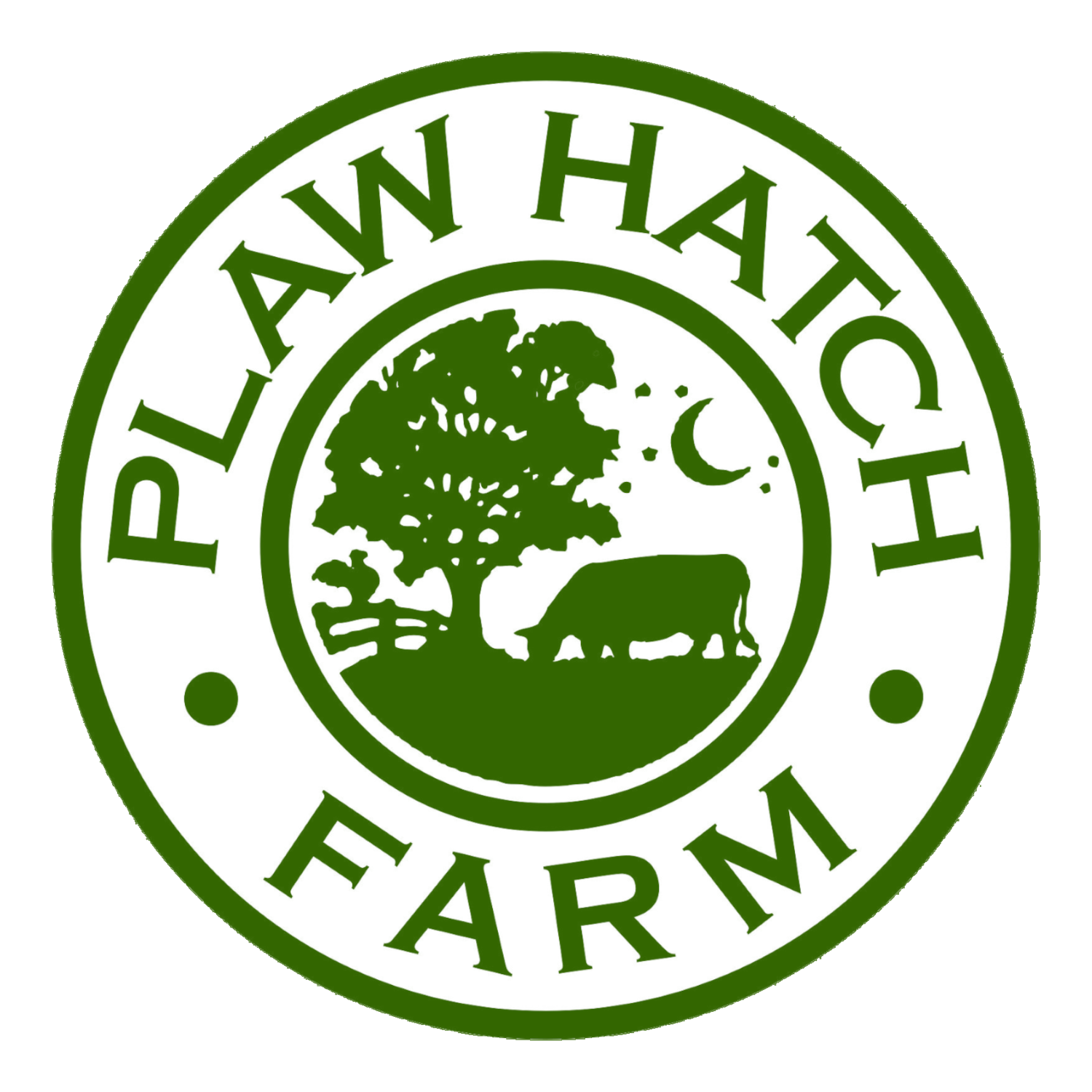THE HEDGEROW PROJECT
INCREASING BIODIVERSITY IN SUSSEX
The Brief:
To plant the central farm track, called Five Ways, with native deciduous tree species which will grow and form a lasting hedge.
Trees and hedges are essential components of any healthy farm. The concept of the farm as a self-sustaining organism is one of the central ideas in biodynamic agriculture. There is a long list of benefits that trees and hedges bring to our ecosystem.
In winter 2019, Plaw Hatch began planting a new hedge row along the main farm track. Receiving funding from Sussex Lund, a conservation project administered by the High Weald AONB Partnership to provide funds for projects that increase the natural ecosystem in Sussex, made this possible, and it is a project we wish to continue and focus on to promote the most biodiverse ecosystem we can on the farm.
In early spring 2021, the project continued, with a further 300 trees being planted along Glasshouse Field, further down the main farm track. This is an area of special interested in the ecology of the farm, as it is an intersection between many habitats, including the woods, garden, and pastures. Bats can often be found hunting along the line of scrub at dusk, and many species of beetles, solitary bees, bumblebees, butterflies, shieldbugs and ladybirds have been observed here. The new hedge will provide shelter, food and habitat for these many and varied species, as well as providing a corridor for them to move through the landscape.
Winter/19:
In winter 2019, a protective fence was put in place This was followed by a community hedge planting, laying the initial section of the track.
The protective fence being put in
Members of the local community planting
Robin and Nir planting trees
Wool mulch to protect the young plants
SPRING/21:
The Farm Team planted an addition 300 trees, lining Glasshouse Field, further along the track on the other side.
Miriam planting the hedge by Glasshouse
All the trees are native species
Fresh buds on the newly planted trees
The 2019 hedge growing in nicely
OUTCOME:
As the hedge grows, it will provide habitat for native flora and fauna, as well as providing a nature corridor between habitats on the farm.
Dr. Jane Memmott, Chair of the British Ecological Society and a pollinator expert, has been quoted as saying, “If you’re trying to look for queen bumblebees you don’t really bother looking in farmland.” A sad observation. However, last year we observed 6 of the 7 common UK bumblebee species around the farm, including many queens and two nests, showing that continued conservation efforts do make a difference, and that farmland, when cared for, can become a haven for rarer species that occupy a smaller ecological niche.























